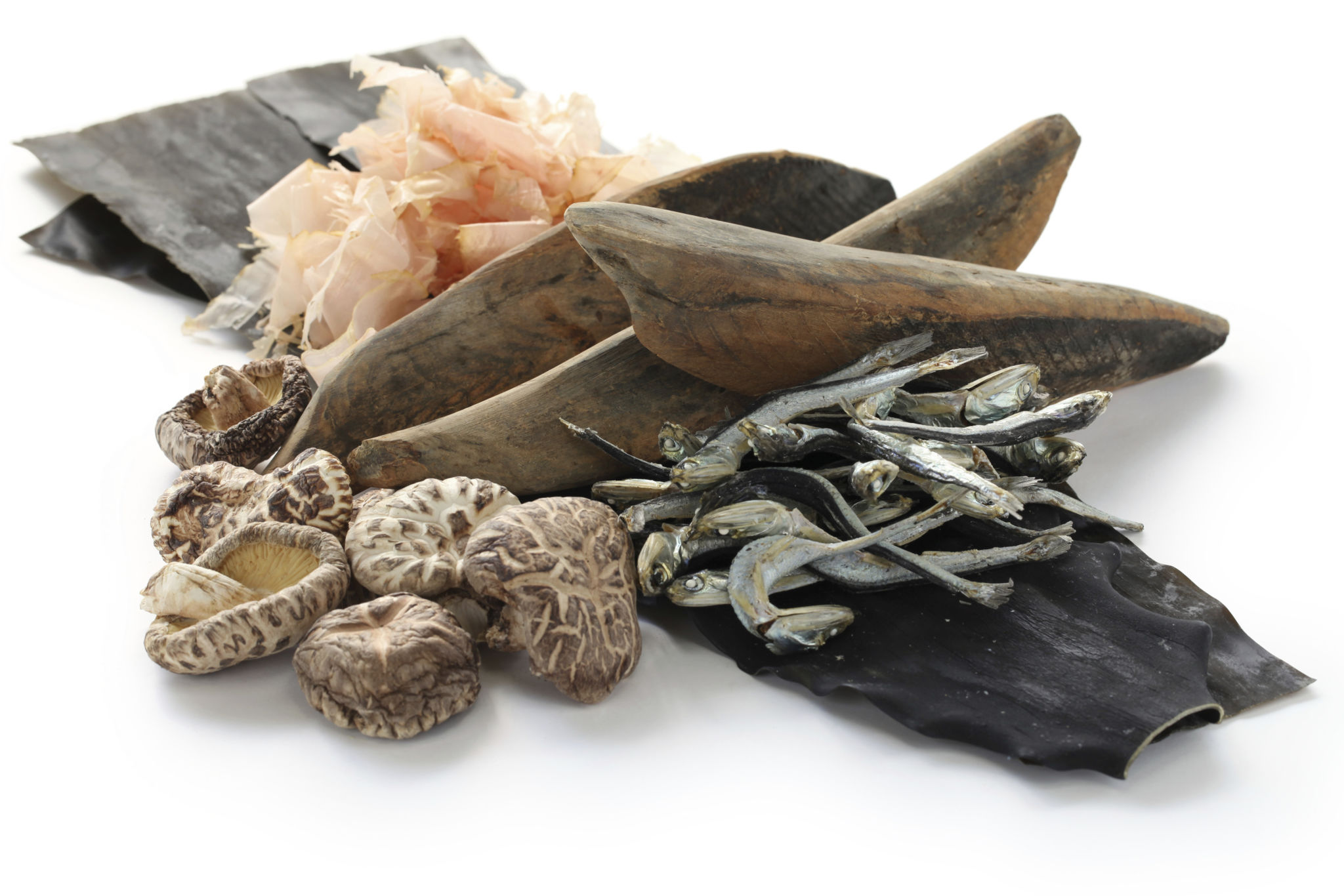Savoring the Essence of Umami: Enhancing Your Culinary Creations
Understanding the Magic of Umami
Umami, often referred to as the "fifth taste," is a savory sensation that adds depth and complexity to dishes. Unlike sweet, sour, salty, or bitter flavors, umami provides a rich, mouth-watering experience that enhances the overall flavor profile of food. This taste is primarily derived from glutamates, which are naturally occurring amino acids found in various ingredients.
Discovered in Japan over a century ago, umami has become a cornerstone in culinary arts across the globe. From traditional Asian dishes to modern fusion cuisine, understanding and utilizing umami can transform your cooking. By embracing this flavor, you can elevate even the simplest of meals into something extraordinary.

Identifying Umami-Rich Ingredients
To harness the power of umami in your kitchen, start by identifying ingredients that are naturally rich in this taste. Common sources include:
- Mushrooms: Especially shiitake and portobello.
- Tomatoes: Sun-dried or cooked tomatoes are particularly potent.
- Cheeses: Parmesan and other aged cheeses.
- Seafood: Anchovies and seaweed such as kombu.
- Soy Sauce: A staple in many Asian cuisines.
Incorporating these ingredients into your dishes will naturally boost their umami levels. Consider adding them to soups, sauces, and marinades for a savory kick.
Techniques to Enhance Umami
The art of enhancing umami goes beyond simply adding certain ingredients. Cooking techniques also play a crucial role in intensifying this taste. Roasting, grilling, and slow-cooking are excellent methods that concentrate flavors and elevate the umami profile of foods. Additionally, fermentation processes like those used in creating miso or kimchi can significantly enhance umami.

Experimenting with these techniques will not only enrich your dishes but also offer a deeper appreciation for the culinary arts. By thoughtfully combining ingredients and cooking methods, you can create complex, savory flavors that captivate the palate.
Balancing Umami with Other Flavors
While umami is a powerful taste, achieving balance with other flavor elements is key for culinary success. Pairing umami-rich foods with contrasting flavors like acidity or sweetness can create a harmonious dish. For instance, adding a splash of citrus to an umami-heavy stew can brighten the overall flavor and prevent it from becoming overwhelming.

Moreover, herbs and spices can complement umami by adding layers of complexity. Consider using ingredients like garlic, ginger, or fresh herbs to round out your dishes. This careful balancing act ensures that each bite offers a full spectrum of taste sensations.
The Global Influence of Umami
Umami's global reach is evident in the diverse array of cuisines that celebrate this taste. From Italian pasta dishes enhanced with aged Parmesan to Korean kimchi stews brimming with fermented flavors, umami is a universal language in the culinary world. Exploring different cultural approaches to umami can inspire new creations in your kitchen.
The next time you're cooking, consider how you can incorporate umami into your meals. Whether through traditional recipes or innovative new dishes, savoring the essence of umami will undoubtedly elevate your culinary creations to new heights.
